Tasks Due Today
- Submit your Learning Plan
- Access LinkedIn Learning with your Public Library Card
- Review Laying the Groundwork & Graphic Design History Refresher videos
- Complete Assignment: Reading Response 2
- Submit Week 2 Agenda Checklist
This Week’s Topics
- Checkin
- Feedback
- Freewrite – The Art of Noticing
- Manifestos, Movements, and the Avant-Garde
- Discussion: Manifestos
- Assignment: Reading Response 3
- Week 3 Agenda Checklist
Check-In
Meetings
Please sign up for a remote meeting. If you haven’t submitted your first two assignments, please do this asap so we can work together to get on track. If you are not available during the meeting slots, please contact me to find another time.
Schedule a MeetingUse the Zoom Link to join the meeting.
Feedback
Feedback for the first week’s assignments has been posted. Check the post to see a reply to your comment and inline annotations via Hypothesis. If you have any questions or concerns, please contact me.
Reading Response Reflections? Hypothesis Questions?
Activities
Below find the information covered in this session. Complete all of the following activities, videos, and assignments.
1. Freewrite – The Art of Noticing
Prompt: In your language of choice, write continuously in your notebook for 5 minutes about what colors you noticed on your walk/ride to school today. Consider why those colors stood out to you. Don’t edit, or correct, don’t stop, just write. If you get stuck, just write the same word over and over until you think of something else to write down.
2. Manifestos, Movements, and the Avant-Garde (45 min)
In our second reading, we looked at Manifestos from Italian Futurists and Russian Constructivists. These two movements have left an indelible mark on the lineage of our communication design field by influencing other movements at the time and afterward. The work of these artists/designers can still feel relevant today. Their radical ideologies and the political turmoil and societal shifts they experienced are mirrored in our lives today, abet with a different set of challenges. While we may not share many of the beliefs and ideologies that initially inspired these artists/designers, the distinct graphic style (clear lines, abstracted shapes, bold palettes, and photomontages) have become part of our visual vocabulary. As we take a deeper look into these two movements, consider the politics, technology, social challenges of the time, and the urgency and passion from which these movements grew.
What are your observations?
Here is a collection of images from this time period. Think back to our previous review of universality, authorship, and social/political engagement.
The Futurism Movement and Manifesto
Marinetti, along with a group of young Italian artists, declared their ambitions in opposition to the traditional values dominating Italian art and culture of the time and focused on the dynamism, speed, energy, and power of the machine and the vitality, change, and restlessness of modern life.
Key ideas:
- Motion, movement, technology, speed, dynamism, unification of culture, industrialization, war, violence, machismo, extreme, destruction of the past, revolution.
- Political leanings, initially fascism, anti-feminist, anti-democratic, glorification of war, but years later rejected those ideas to focus more on technological advancement, specifically aviation.
Here is the full manifesto.
- The introductory paragraphs contain allusions to traditional, mythological imagery with references to the latest machine technologies.
- The narrative of this introductory portion portrays the Futurists as both heroic and machismo
- Machinery is portrayed as both dangerous and thrilling
- The 11 point manifesto lists the values and ideals that the group will celebrate, including courage, aggression, speed and violence
- The closing paragraphs emphasize the Modernist idea of rejecting past art movements in favor of progress
Watch the three videos below to learn more about the key ideas that define Futurism and the lasting visual elements that resulted. Does anything in the visual or ideological aspects of this movement inspire or repulse you? Why?
Please login to LinkedIn Learning with your Public Library Card (see LinkedIn Learning Access) and watch European Avant-Garde in the Course: Learning Graphic Design History. Complete the ungraded quizzes to test your knowledge.
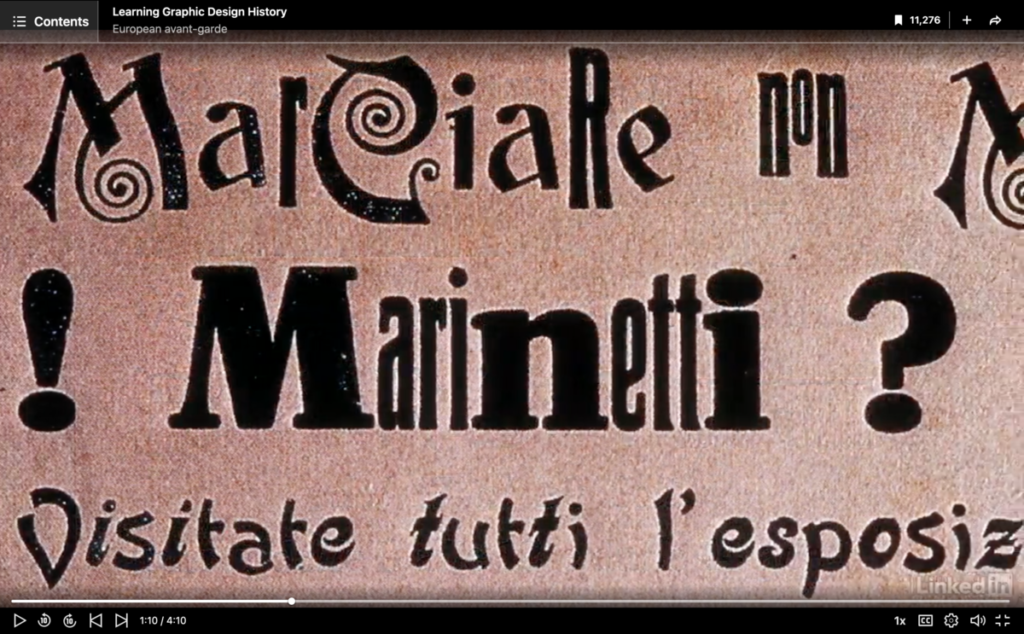
If you have trouble accessing the LinkedIn Learning Course above, you can find it here, but the quality isn’t very good, and you won’t be able to access the quizzes. NOTE: In the following video, watch from 29:38 to 31:33
Constructivism Movement & Manifestos
The Russian Revolution of 1917 offered hope for a new society in which workers would replace the aristocracy as the ruling class. The Constructivists, led by Aleksandr Rodchenko, Varvara Stepanova, and Aleksei Gan, envisioned a new form of art (design?) that would replace traditional painting and sculpture with new forms of mass-produced graphics and engineered objects for the common citizen. El Lissitsky, another Russian Constructivist, helped to bring their ideas out to other areas of Europe and the world.
Let’s look at the two Constructivist Manifestos from the last reading. Found in Graphic Design Theory: Readings From the Field on pages 19-31
- Aleksandr Rodchenko “Who We Are: Manifesto of the Constructivist Group”
- El Lissitzky, “Our Book“
- Also check out How the Imagery of the Russian Revolution Married Ideology, Politics + Progressive Graphic Design by Emily Gosling, Eye on Design
Key Ideas:
- Geometry, clear lines, abstracted shapes, photomontage, san serif fonts, bold primary palettes
- Rejected decorative stylization in favor of the industrial assemblage of materials.
- Applied these ideals to architecture, urban space, clothing, theatre, graphics, and social activism.
- Political leanings, initially Communism, artists/designers later emigrated to the USA.
- The authors reject being labeled as ‘artists’ in favor of the designation ‘constructor’
- Technology is seen as both a tool and the ‘mortal enemy of art’
El Lissitzky, “Our Book” 1926
- Russian artist El Lissitzky played a critical role in connecting European avant-garde movements of the early 20th century. His essay considers some of the new technologies and visual strategies that artists could use to communicate their ideas both to international colleagues and to mass audiences at home.
- Technical innovations in the arts immediately produce the highest achievements possible
- New technologies led to the “dematerialization” of art
- The book form is altered by technological inventions and by innovations in communication systems
- Collaboration between painters and poets to create new book forms offers many possibilities for educating the masses
- While the cinema and illustrated magazines add to social development, book artists must keep pace by developing new forms that will sharpen the optic nerve
Please login to LinkedIn Learning with your Public Library Card (see LinkedIn Learning Access) and watch The Soviet Revolution in the Course: Learning Graphic Design History. Complete the ungraded quizzes to test your knowledge.
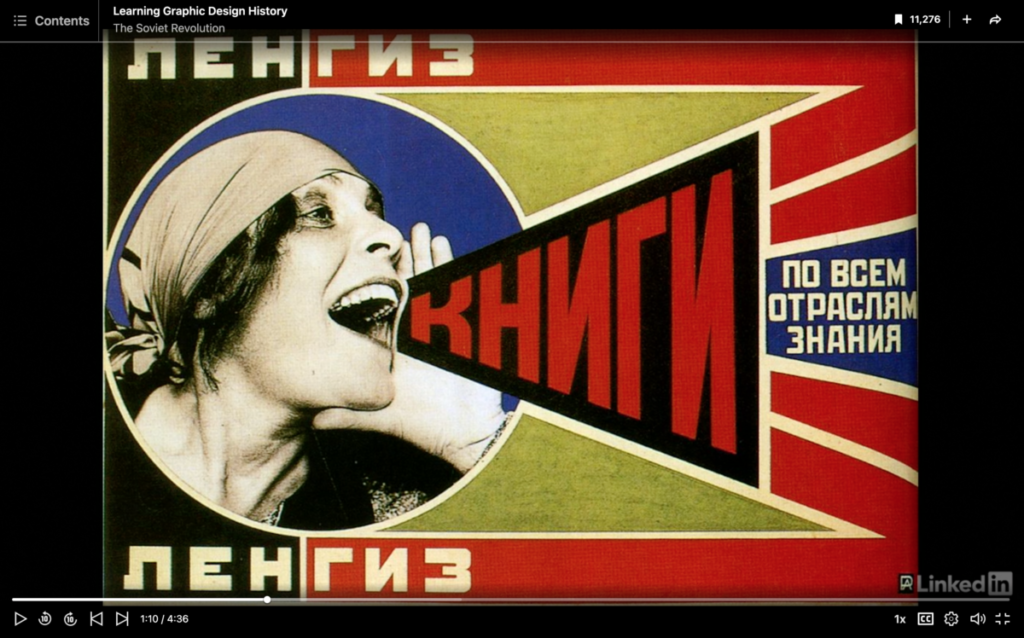
If you have trouble accessing the LinkedIn Learning Course above, you can find it here, but the quality isn’t very good, and you won’t be able to access the quizzes. NOTE: Watch from 24:42 to 29:19
Influence on Contemporary Design
Futurism, Constructivism, and the early avant-garde in general, as we shall continue to explore, had a profound impact on the evolution of graphic design, advertising, fashion, industrial design, architecture, theater, and more. Born from the political and societal influences of the time, we can see how the concepts of universal design, rejection of authorship, and focus on social responsibility are present in manifestos we’ve read and, most importantly, why!
The graphic styles and visual vocabulary from these two movements still linger in the design we see today.
Take Notice: Take 10 minutes and find an example of contemporary design that references the Constructivist or Futurist movements. Use the Course Resources to find an example.
As we explore the next step in our design lineage in writings from the Bauhaus, see if you can find the influences from the Futurist and Constructivist movements.
3. Discussion: Manifestos! (1 hour)
The following Discussion post contains prompts to consider in response to the readings and videos on Futurism and Constructivist Manifestos.
The objective of this discussion is to compose your Design Manifesto in the style of early Avant-Garde artists and designers. This exercise will also help you to start thinking about your research project and what matters to you; what drives you.
Add your manifesto in a comment in this Discussion post by Wednesday evening. If you prefer to create visual or video of your Manifesto, you can link to a URL.
Using a nested comment, comment on at least one of your colleagues’ Manifestos.
4. Assignment: Reading Response 3 (1+ Hours)
Follow the assignment guidelines and prompts: Reading Response 3 – DUE Wednesday before the next class.
For our next reading assignment, we will be reading and annotating two texts written by architect-designer-artists affiliated with or influenced by the Bauhaus. And one contemporary essay about the influence of Bauhaus designers.
- Madeleine Morley; Master László Moholy-Nagy Saw Photoshop Coming, 90 Years Ahead of Time (2019), AIGA Eye on Design
- László Moholy-Nagy; Typophoto (1925): found in our main text Graphic Design Theory: Readings From the Field by Helen Armstrong on pages 32-34.
- Jan Tschichold, “The Principles of the New Typography” 1928: found in our main text Graphic Design Theory: Readings From the Field by Helen Armstrong on pages 35-38.
Read and annotate these texts with your classmates in our Hypothesis group. As before, after annotating the text, create a rough draft of your response in your Research Journal. Your response should be about 200 words and checked for spelling and grammar errors. Publish your finished response on the class site, using the guidelines provided.
Resources
- Assignment: Reading Response 3
- Discussion Week 3: Manifestos!
- Using Hypothesis
- Writing Portfolio
- Grammarly
Week 3 Agenda Checklist
Below are all of the tasks, big and small, for this week. The due date is Wednesday, 11:59 pm before our next Thursday class. Timely completion of these tasks will contribute to your success in this course.
If you have any questions, don’t hesitate to reach out.
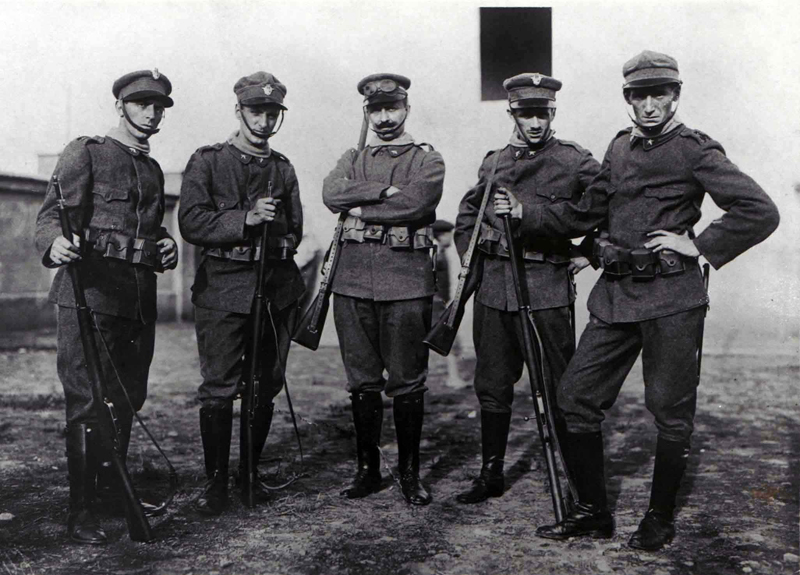
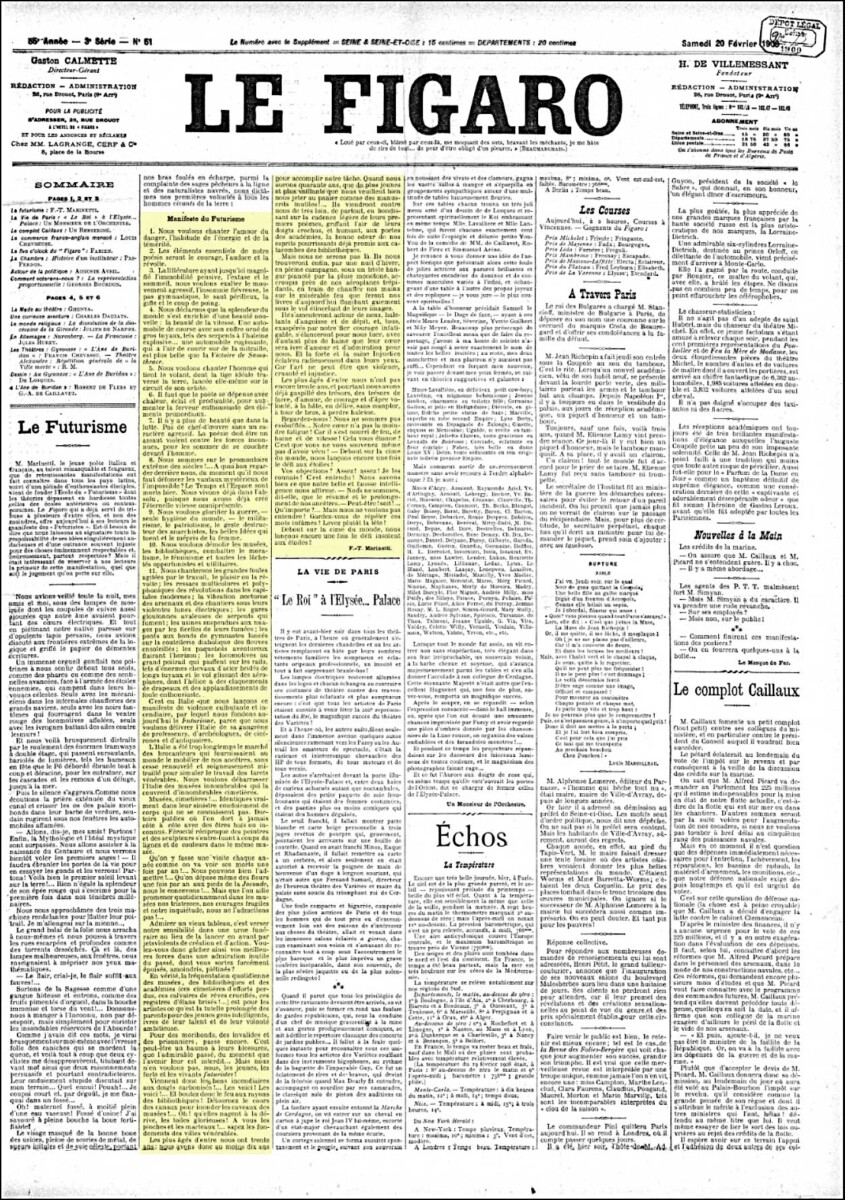
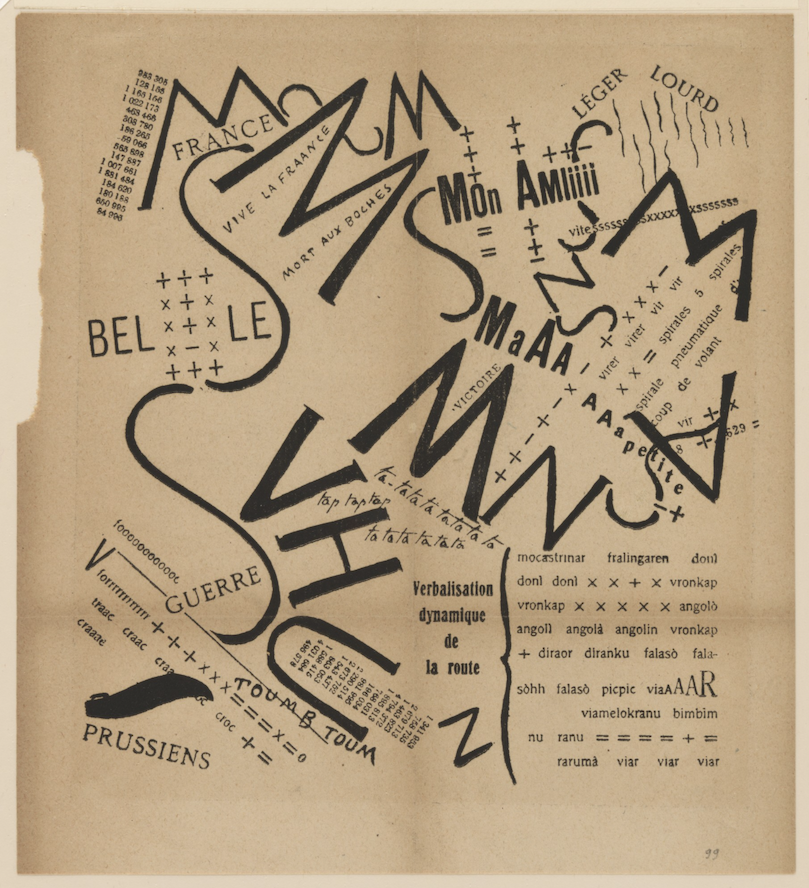



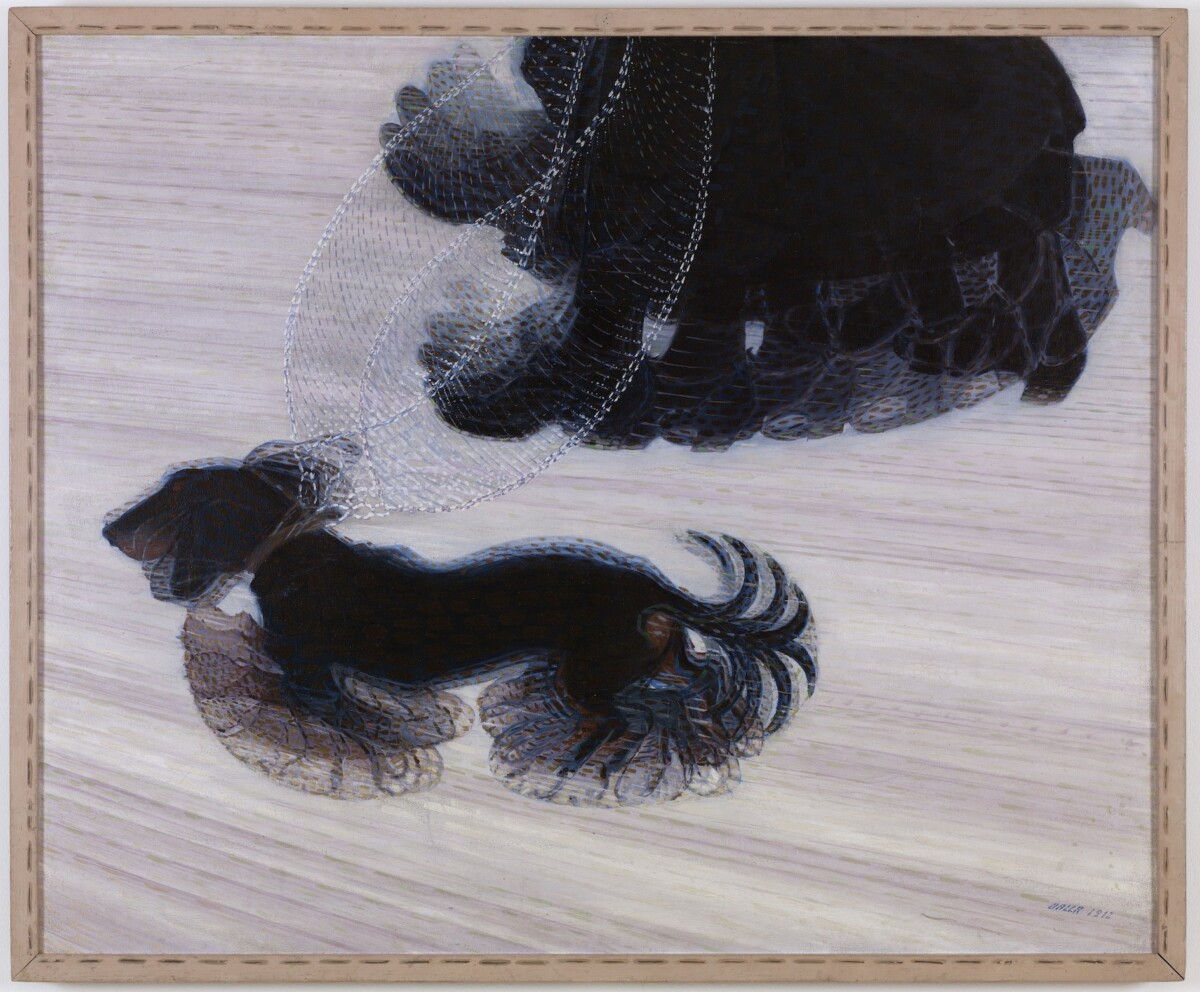

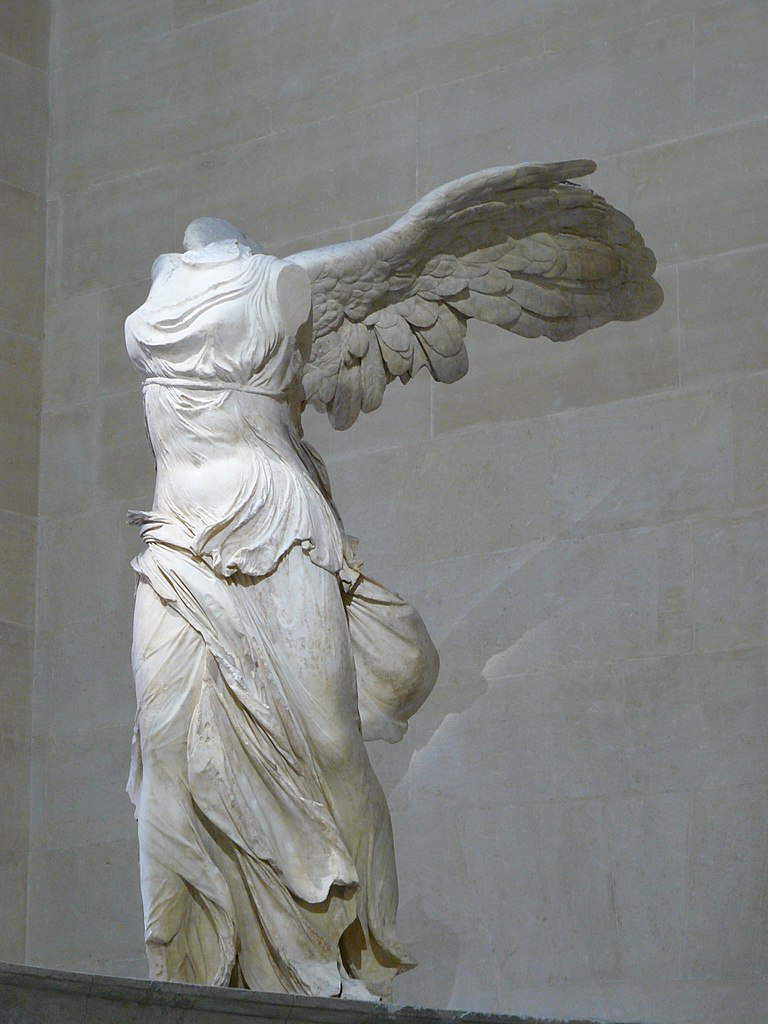
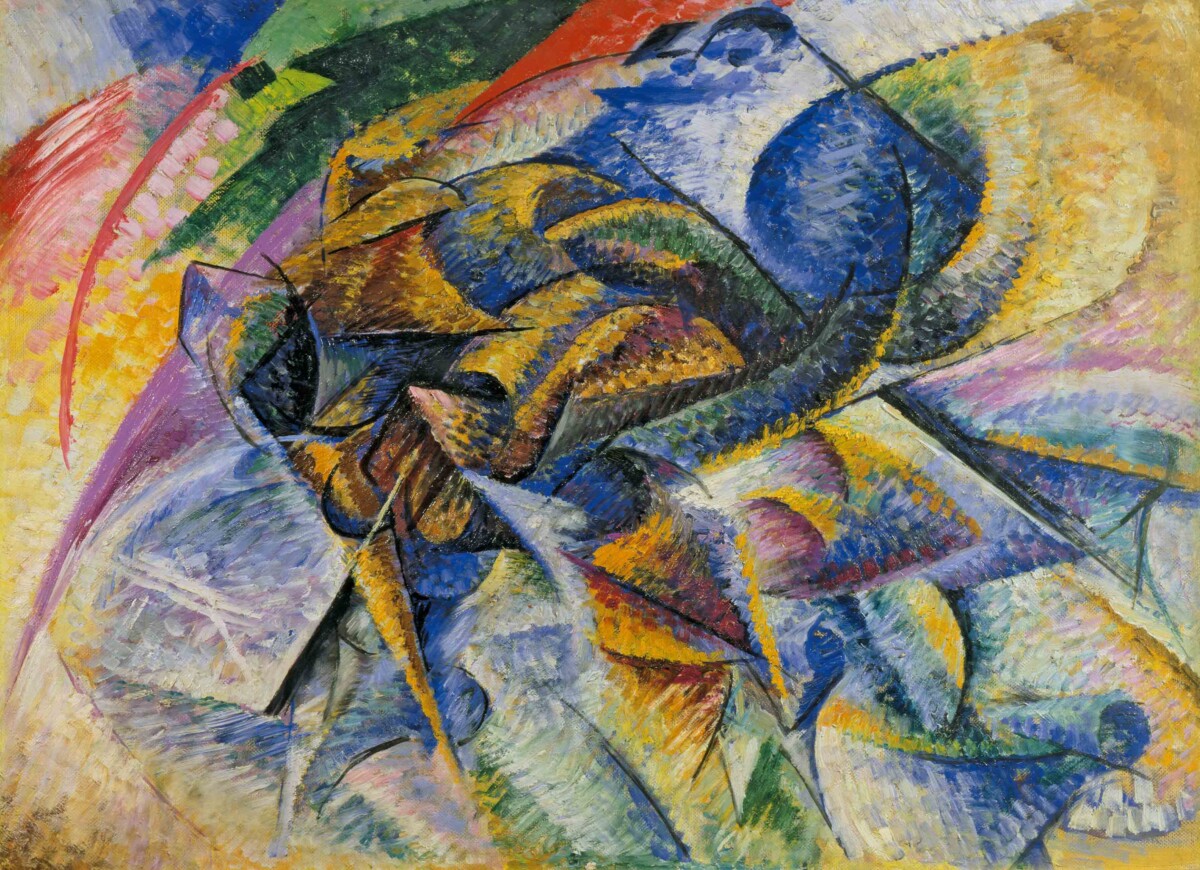
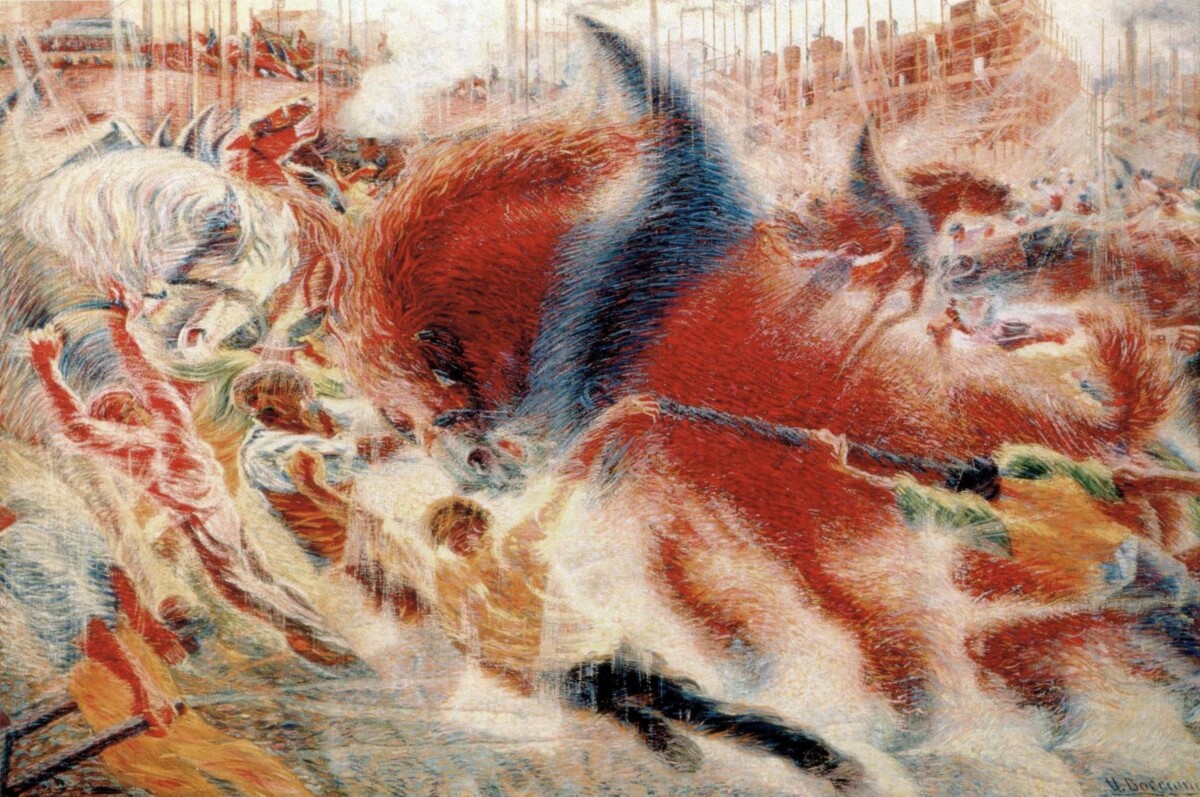
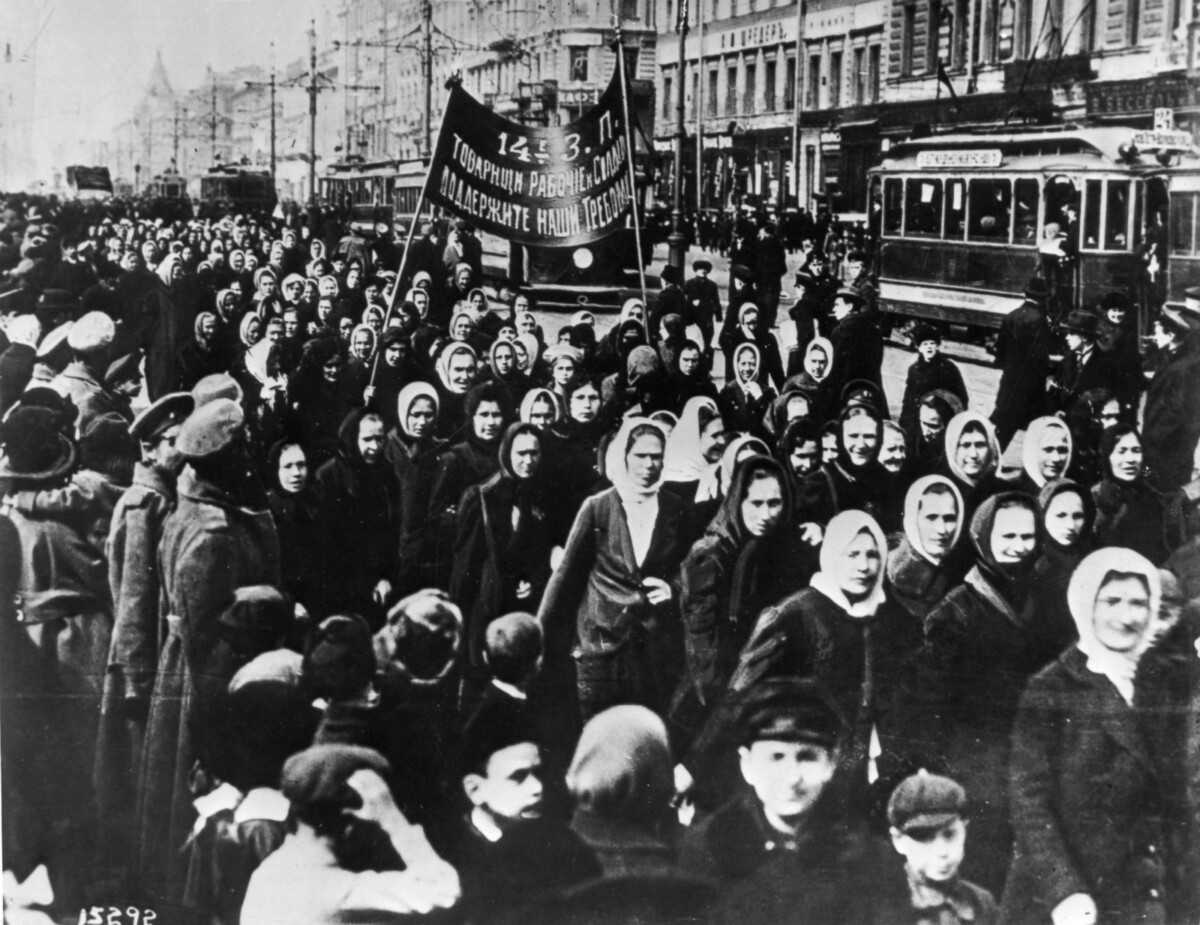
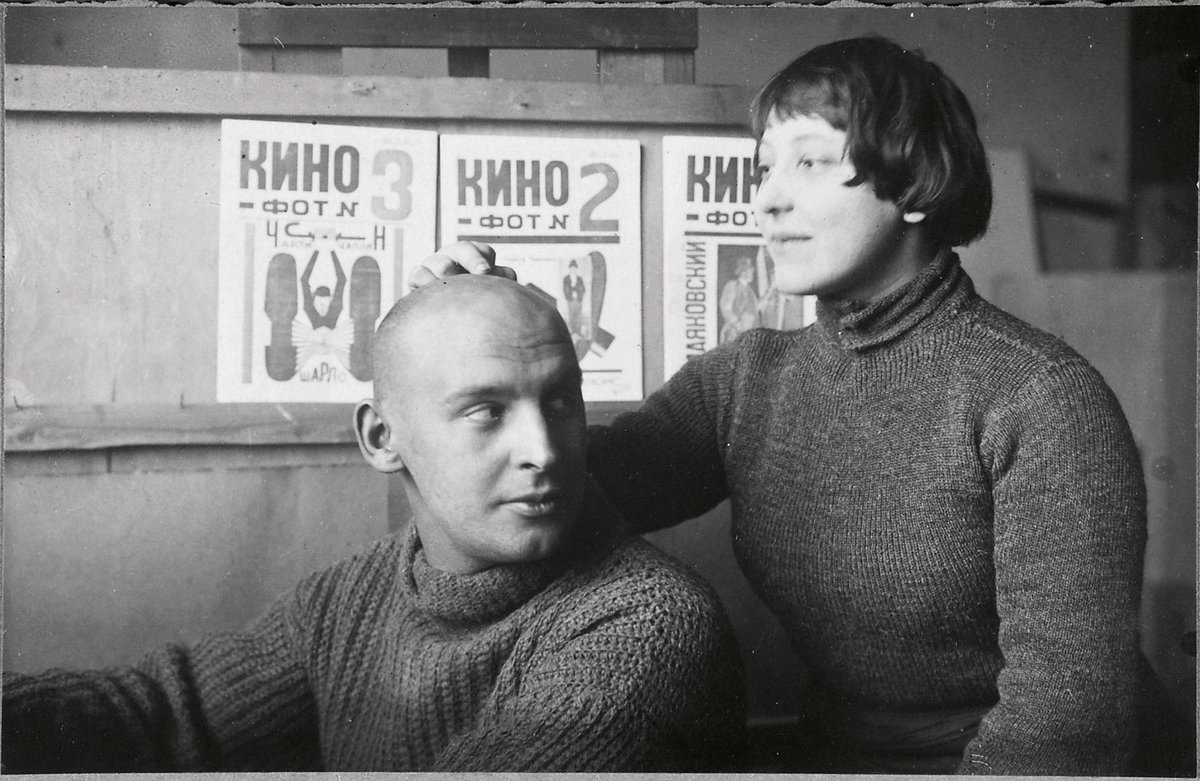

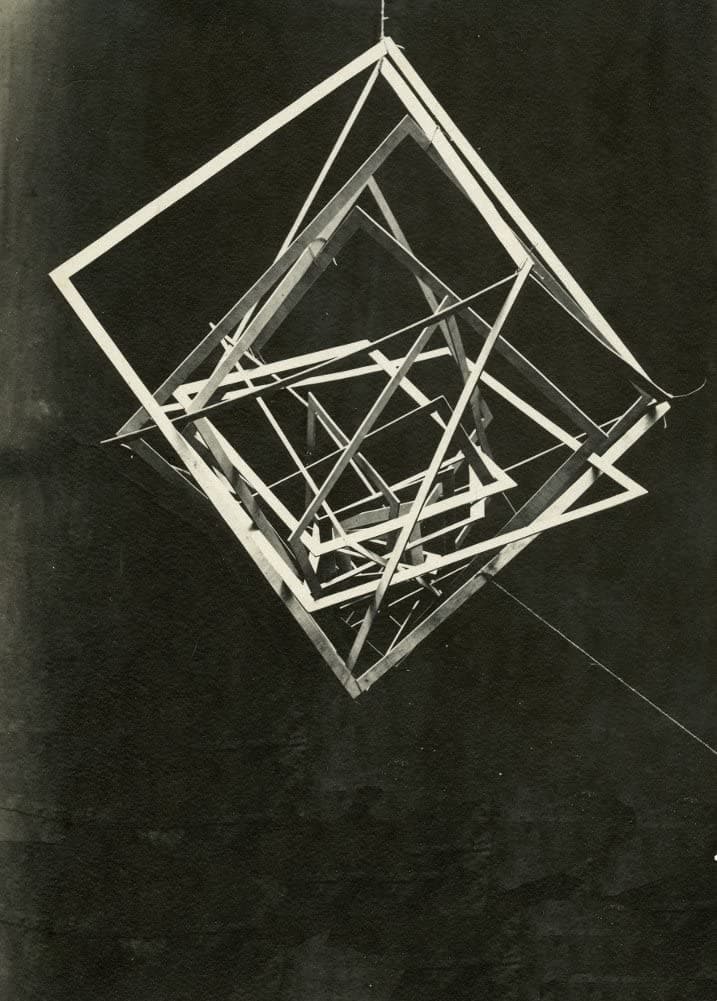
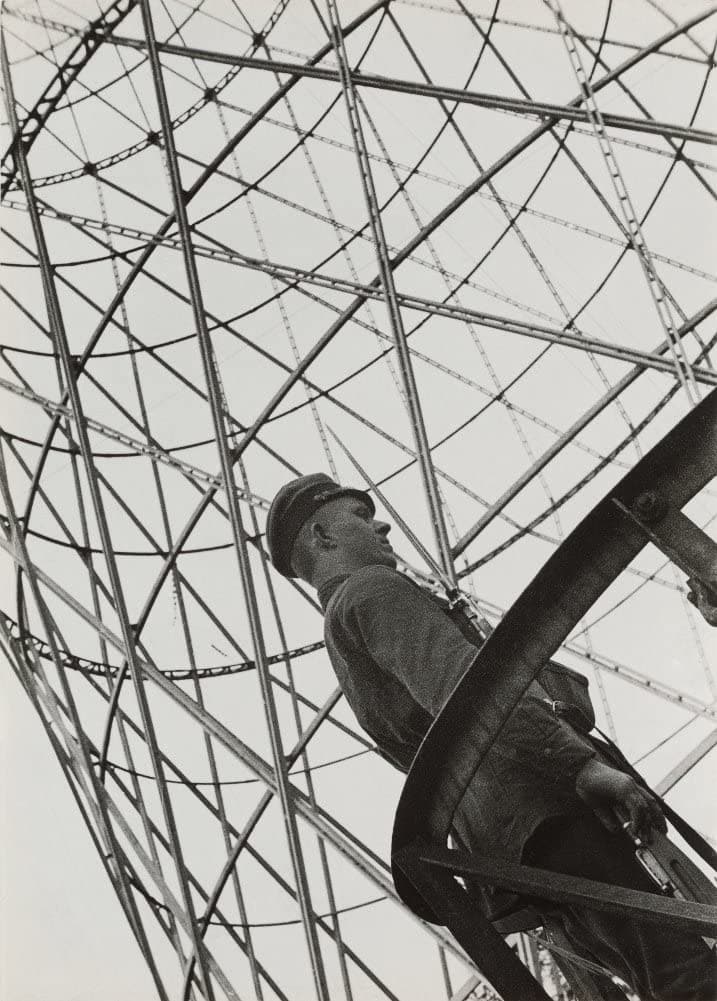
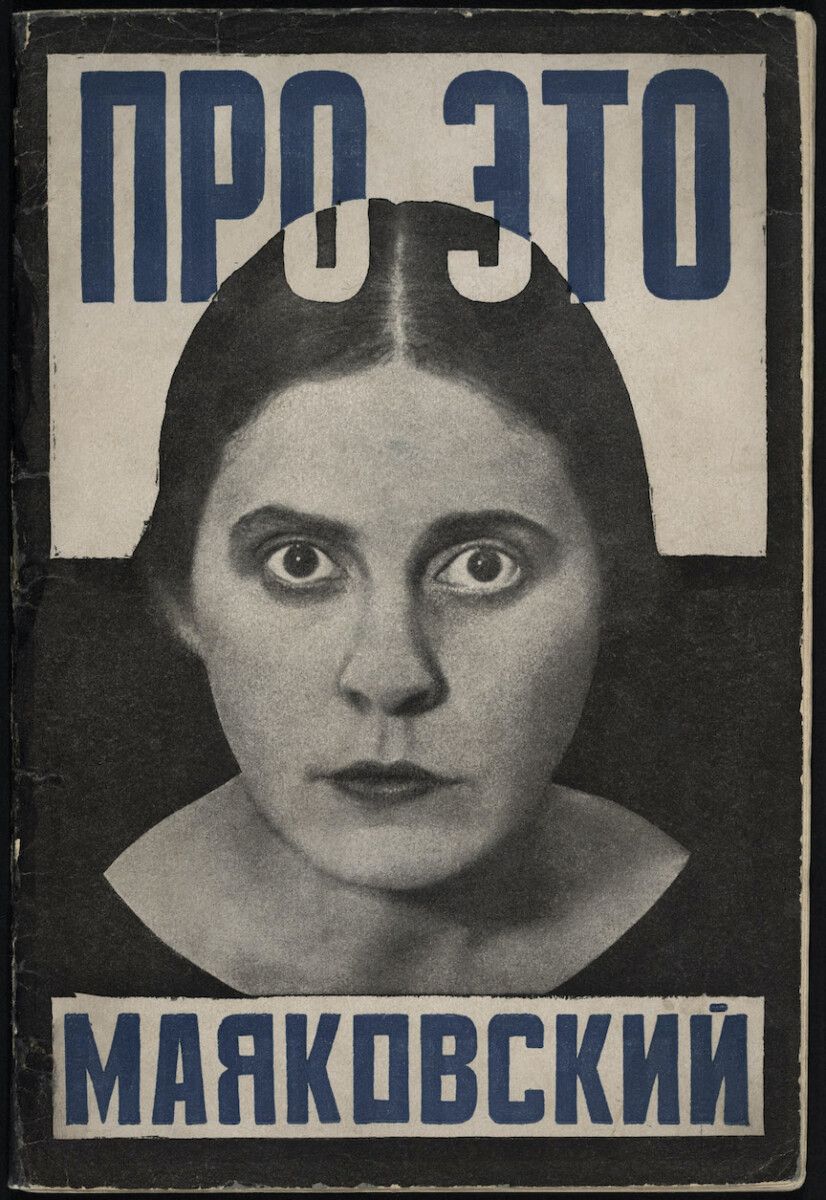
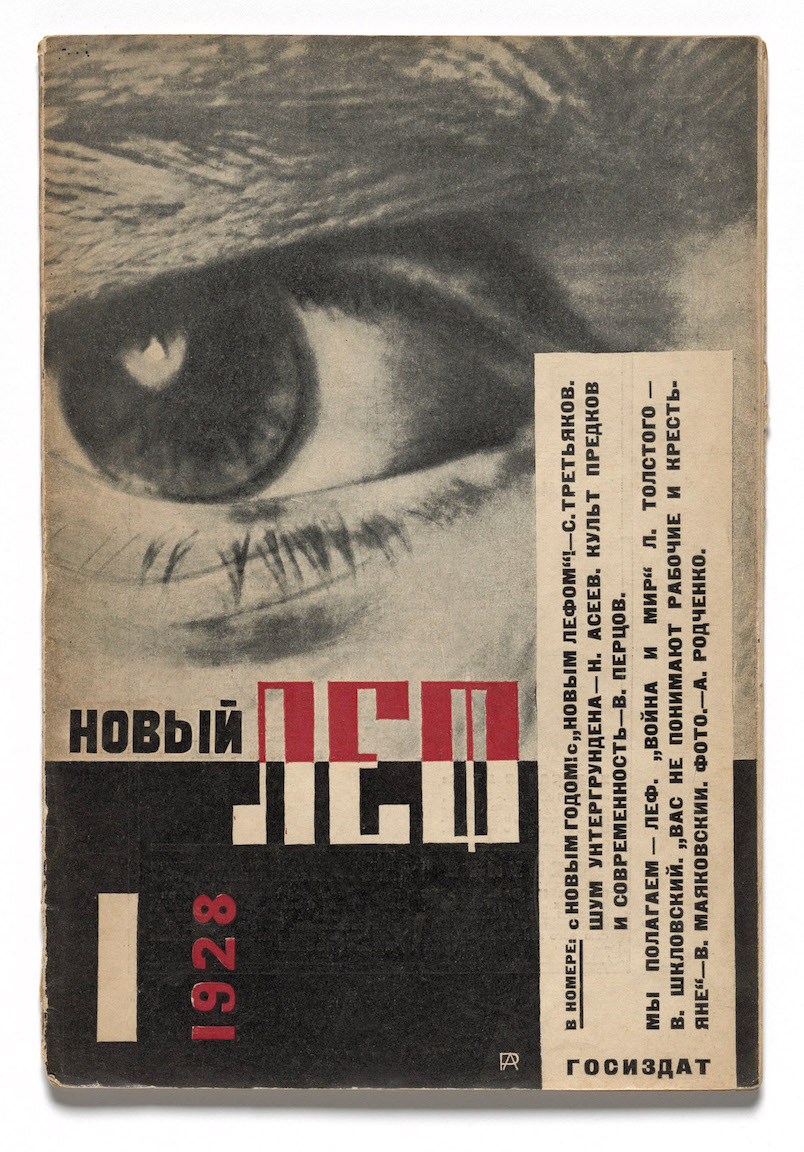
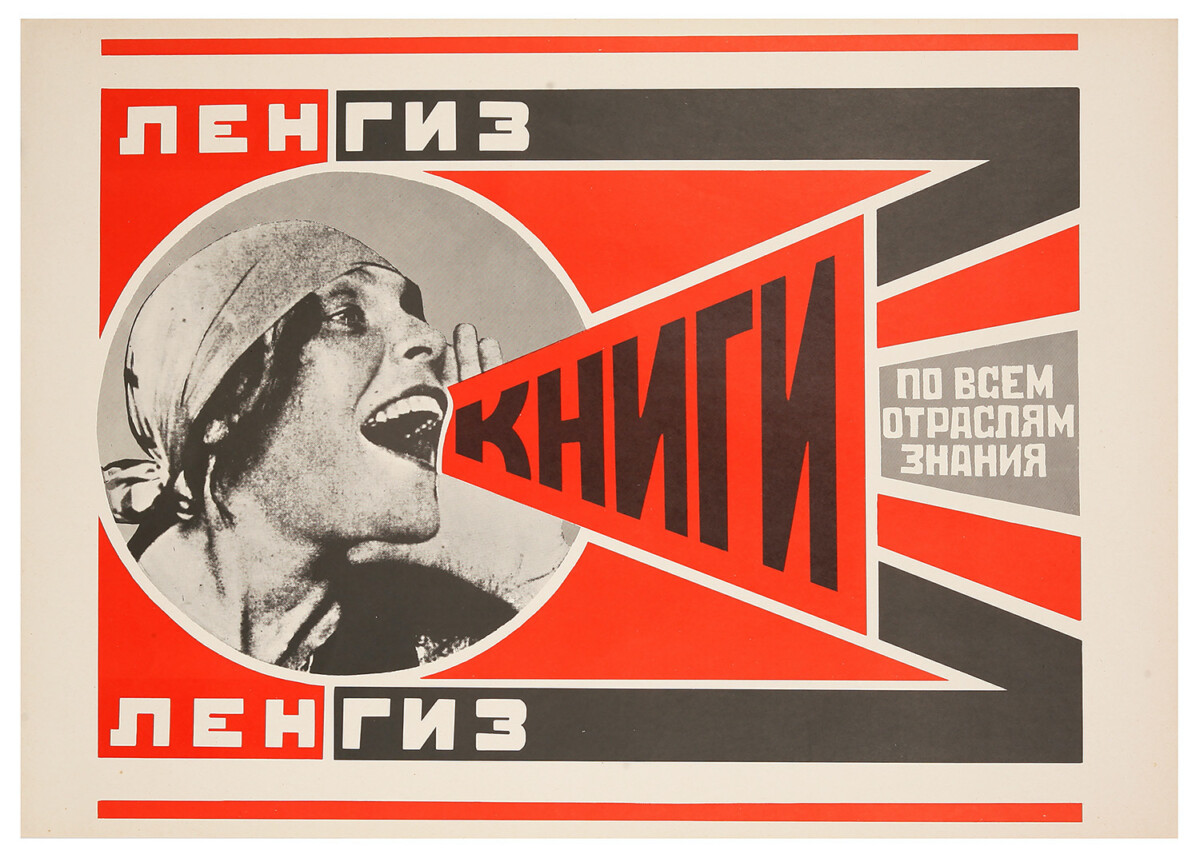
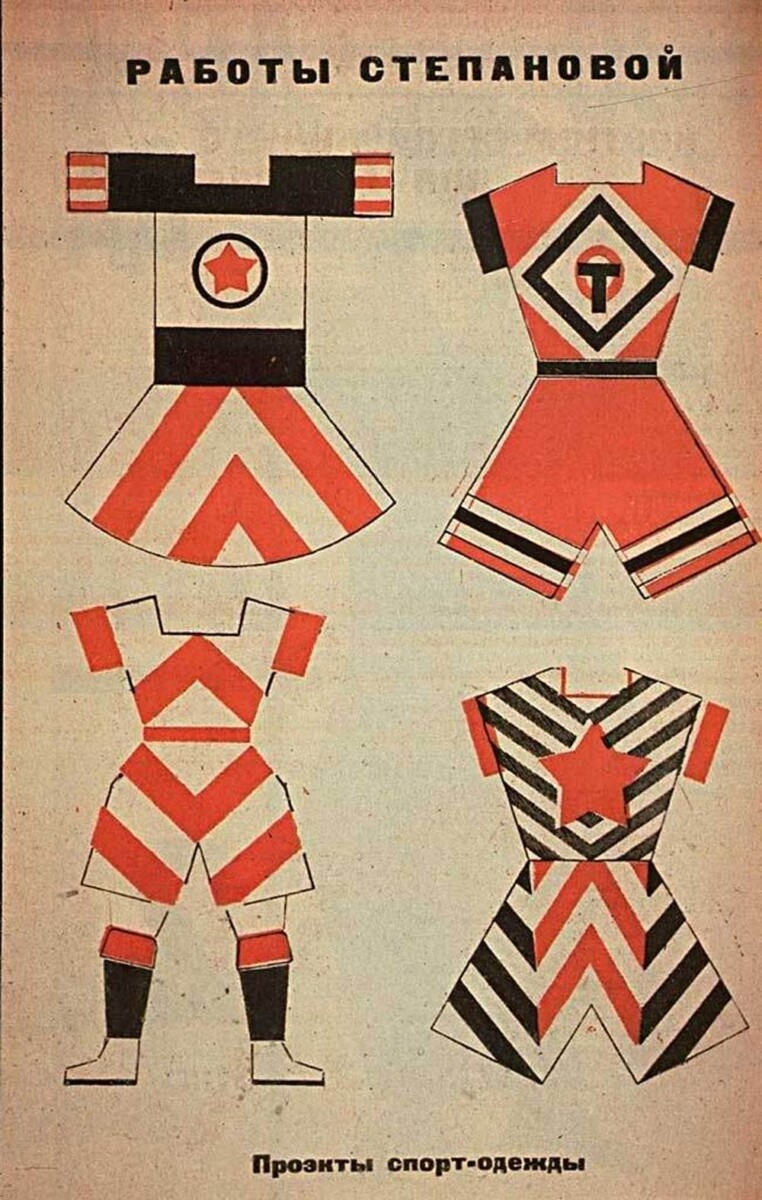
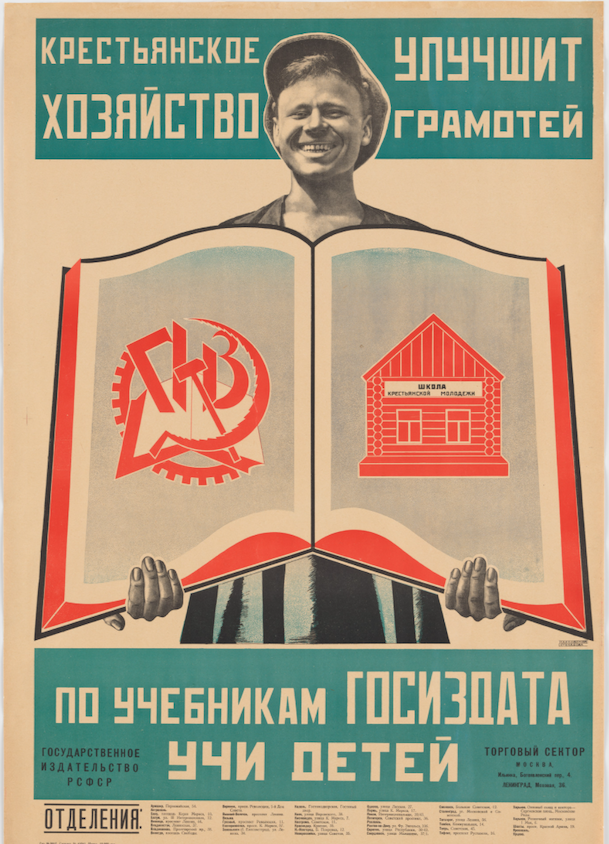
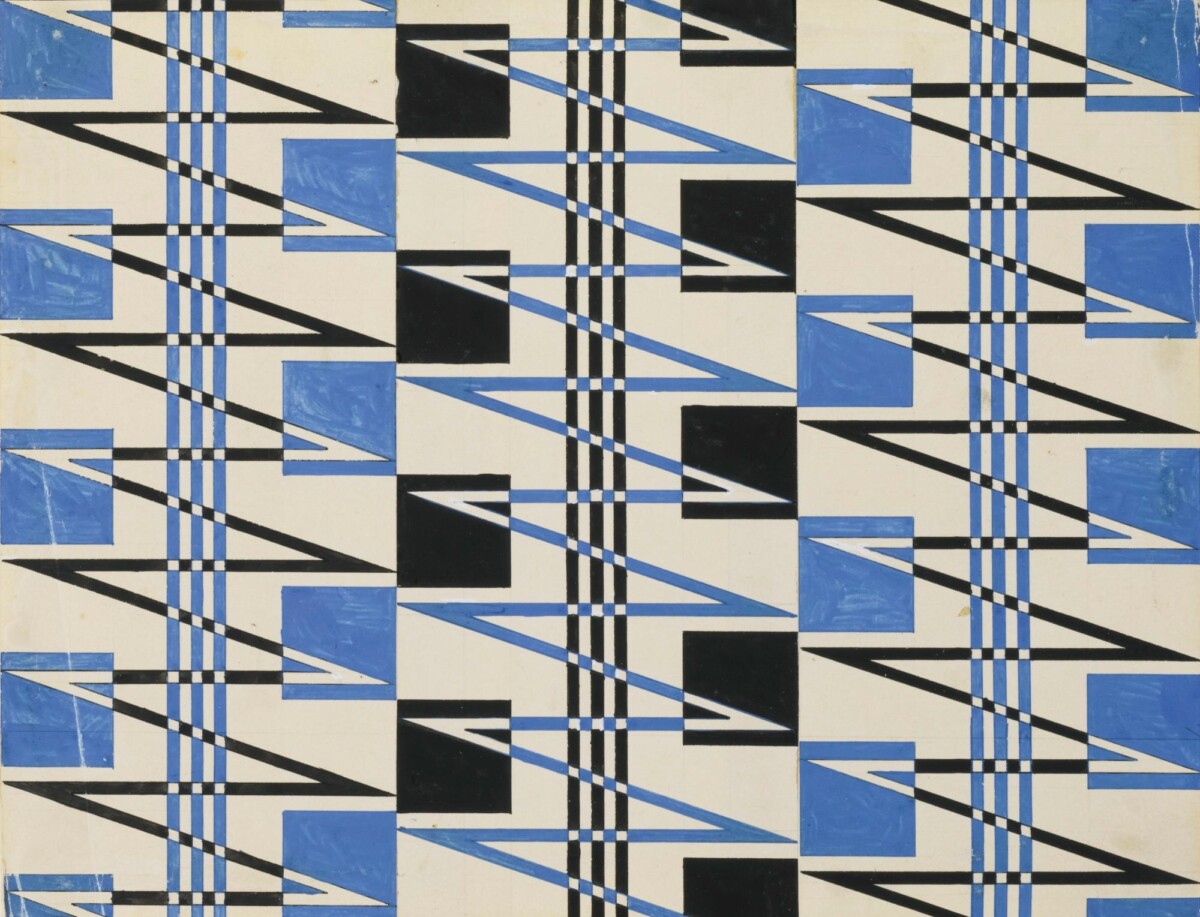
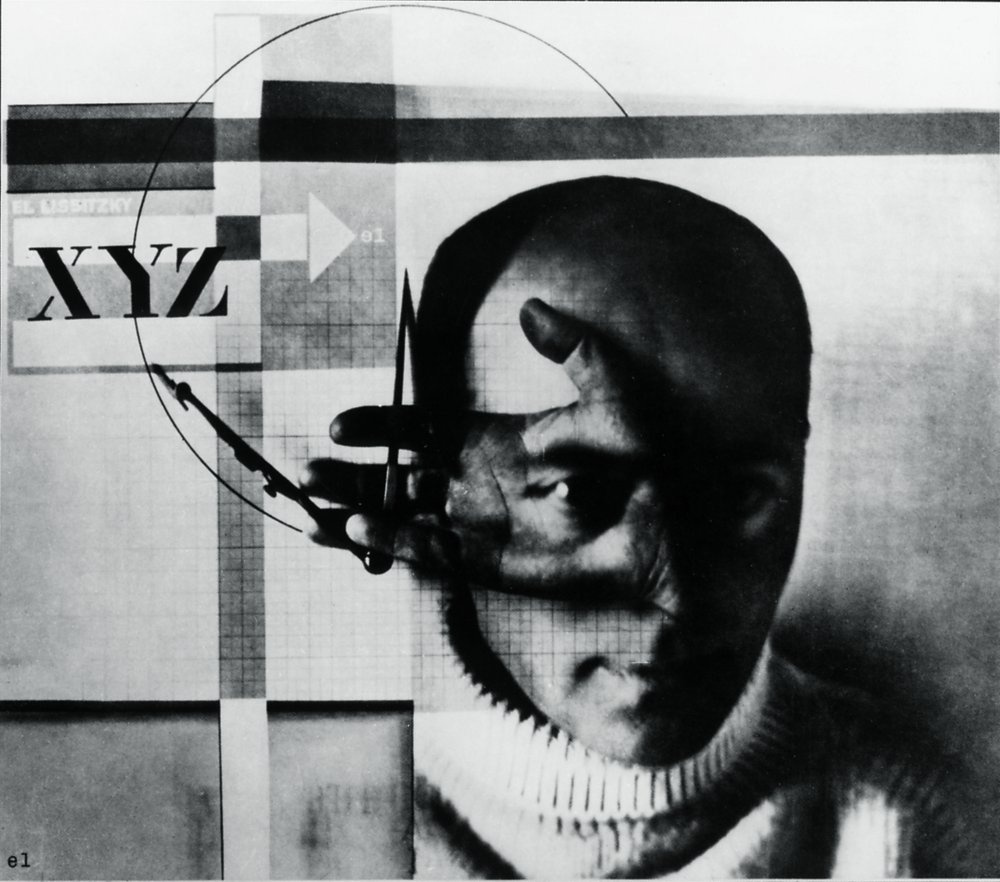
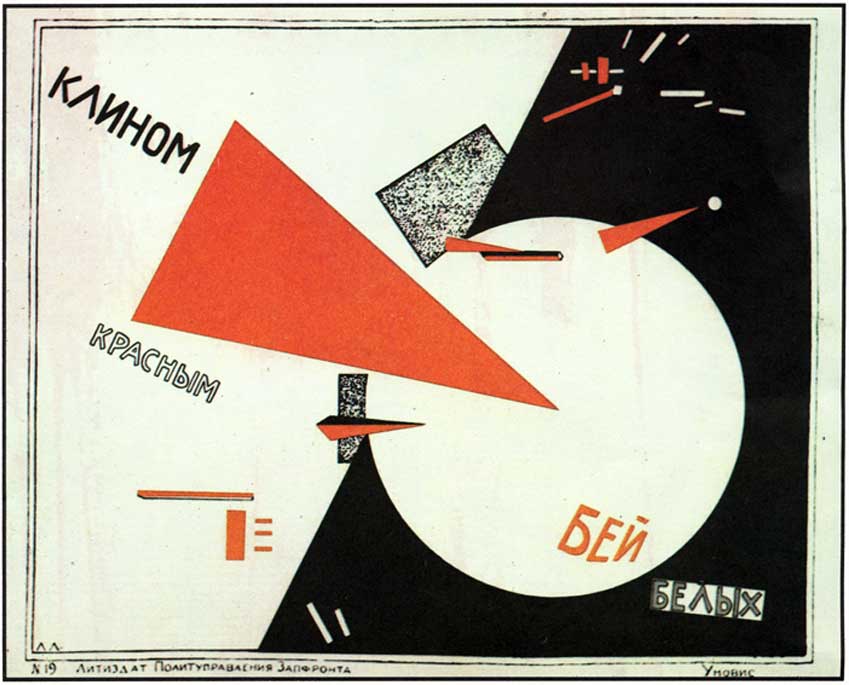
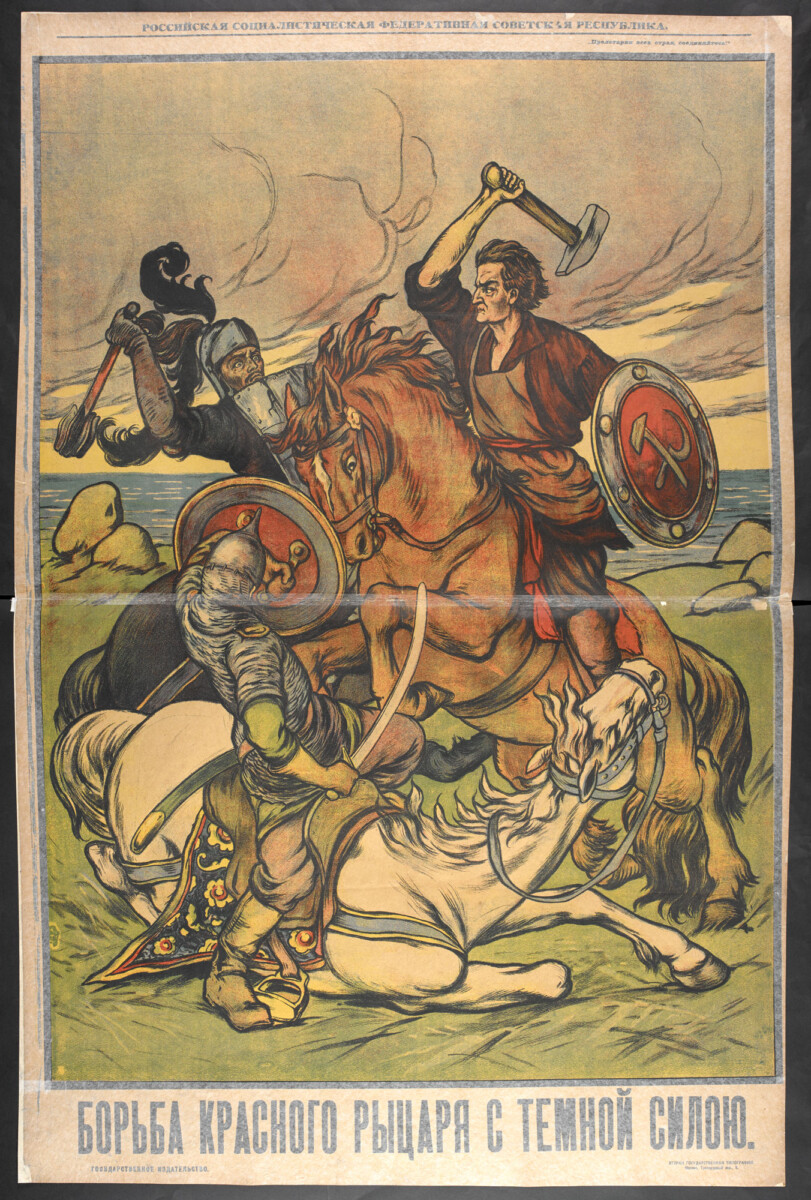
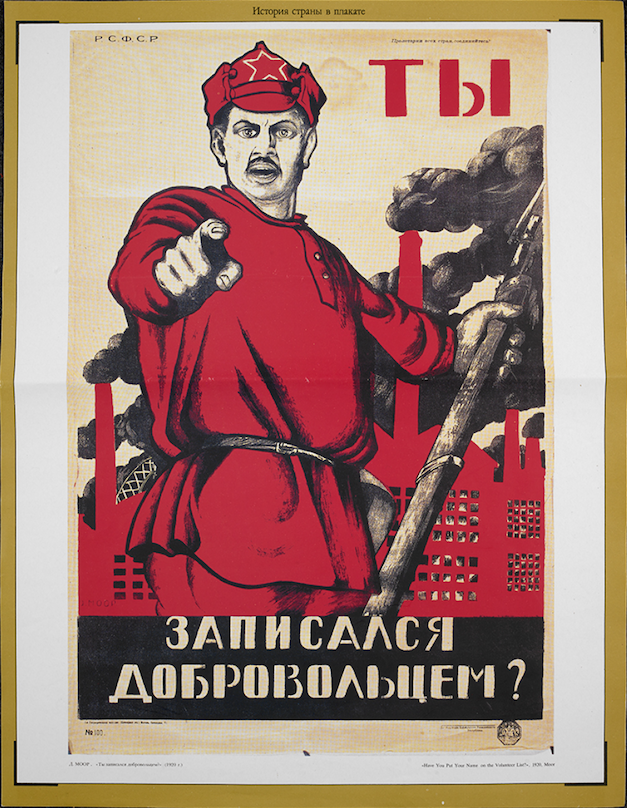
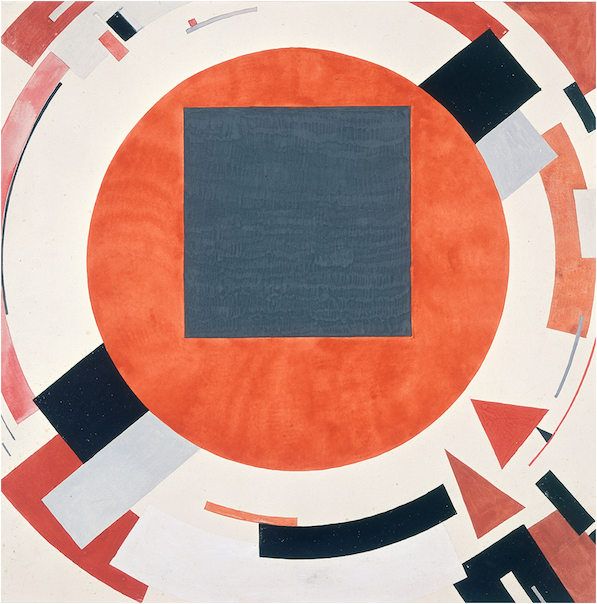
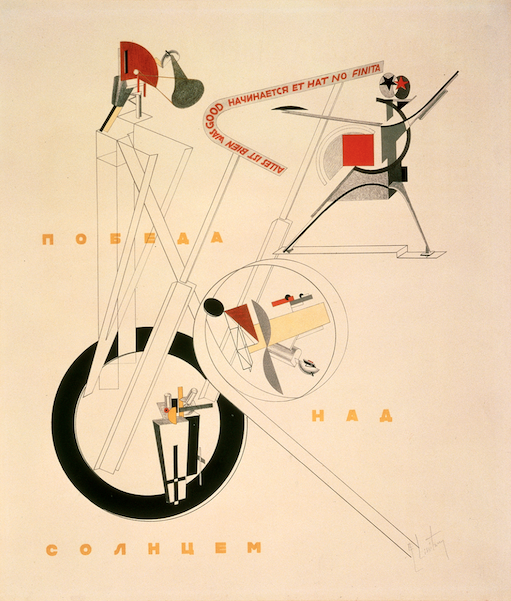
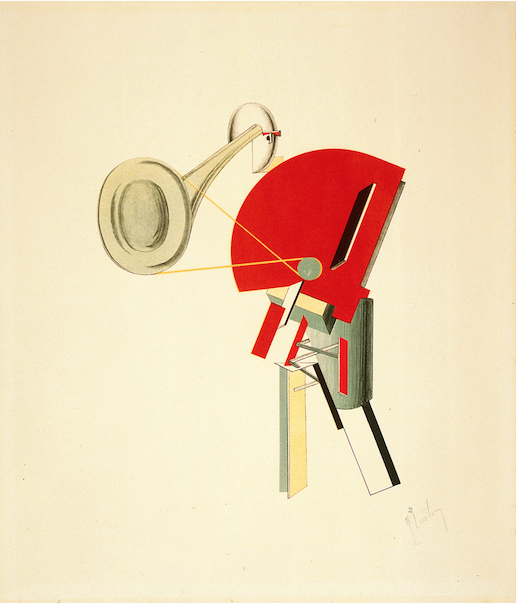
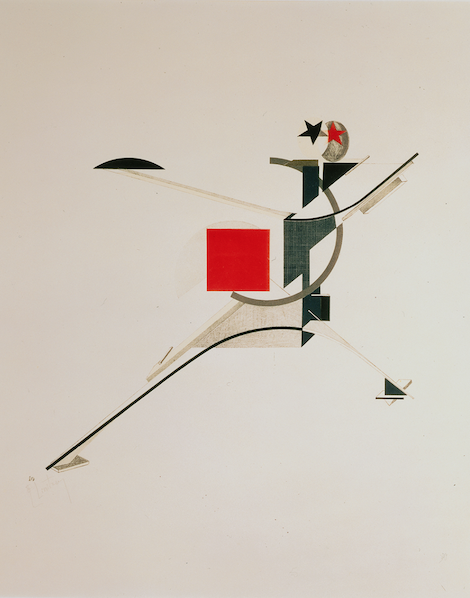
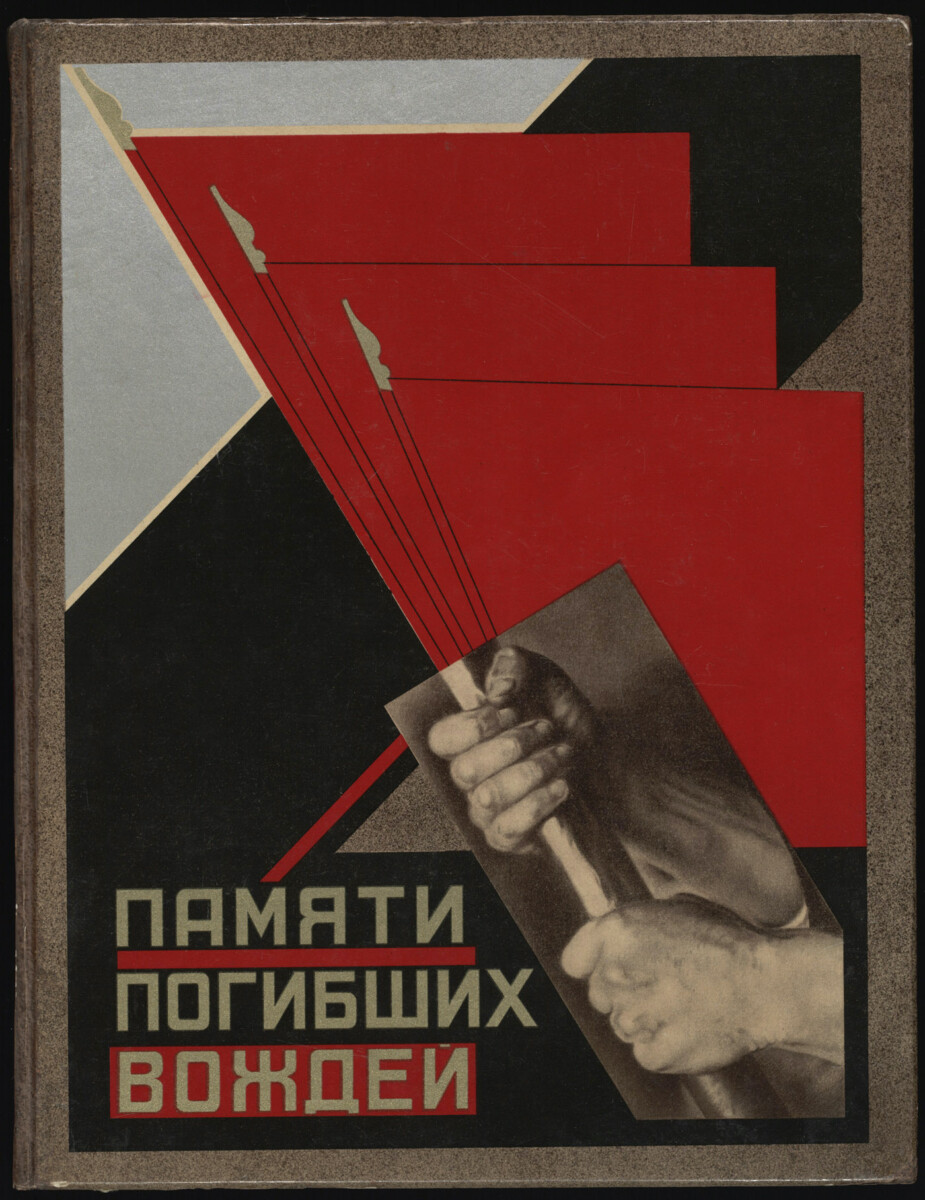
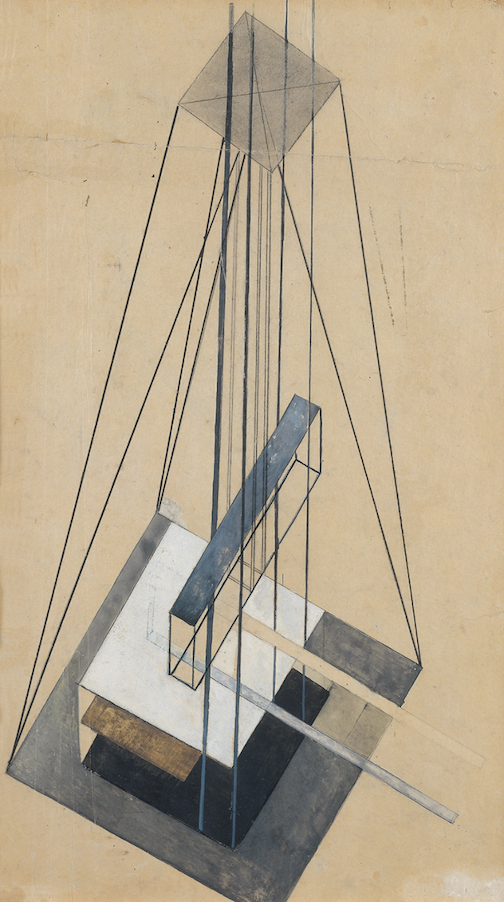

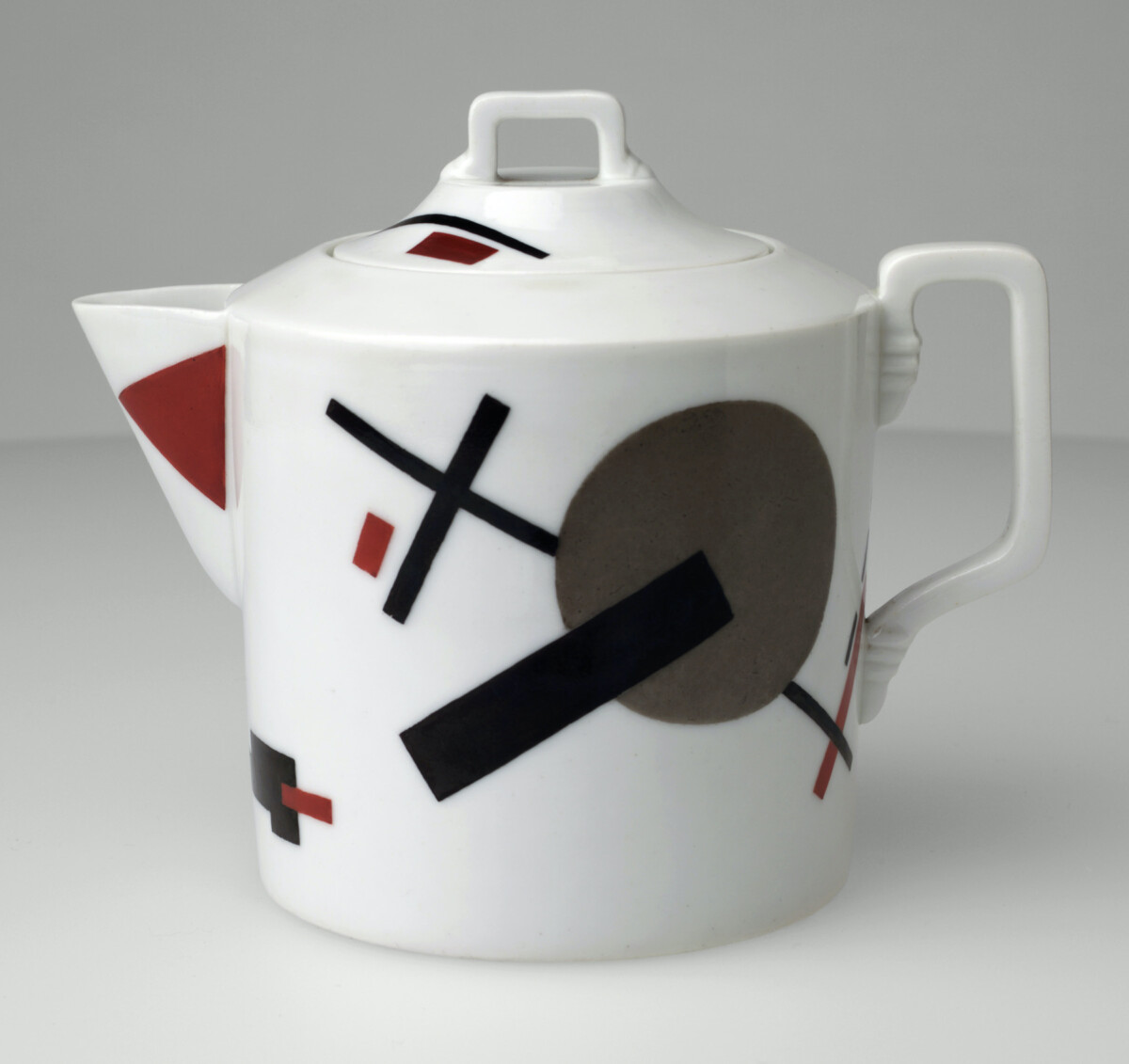




Leave a Reply